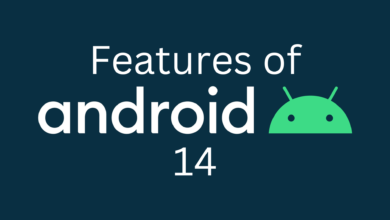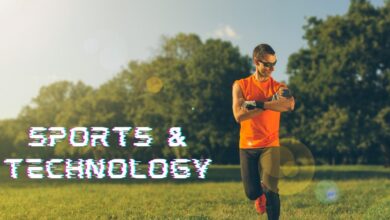How to Control IoT Devices: A Beginner’s Guide

With the recent advancements in the technology’s fabric, especially IoT, everyone is asking how to control IoT devices. It is not a bad question, and nor does the Internet of Things have any bad impact on humans, and it’s for the better. From sky to homes, drones to smart home gadgets, IoT devices have left a great mark on the must-have list of every individual. In this blog, we will tell you why these devices are such a big deal and how you can easily control them.
A Quick Suggestion:
If you are not sure about what IoT/Remote devices are or want a complete guide on the topic, you can go to our other blog What are Remote Devices and their Applications.
Now coming back to the topic, let’s first discuss what these devices are and what they are used for.
Understanding IoT Basics
Before we go deep into ways to control IoT devices, let’s first discuss what IoT is. It’s better with the basics than without, leaving you wondering.
For starters, this is a technology that connects everyday digital gadgets with the internet, enabling remote transmission. Simply put, IoT connects machines through the internet for collecting and exchanging data over the network. These devices are now available everywhere because of the seamless connectivity using sensors and wireless data processing.
Key Components of IoT
To know exactly how to control IoT devices, you first have to know about the key components used in the process. The following are the key components that make the magic happen in IoT. From physical devices to cloud networks, there are various components included in the application.
Devices/Things
These refer to the physical devices that are built-in with sensors, actuators, and real-time connectivity to interact. Examples include wearable smart gadgets, smart home thermostats, and various industry machinery.
Sensors
If you were to ask, what is the most crucial component in IoT devices? How to control IoT devices? What elements do the job? Than answer will always be the sensors. These are integral as they capture data from the environment using machine learning. By collecting data, including temperature, motion, or even information like heart rate, sensors provide real-time data.
Connectivity
We all know that these remote devices are connected wirelessly and for that, you need a medium for connectivity, which in this case is the internet or any local network. While everybody is aware of what internet, FYI, local networks include Bluetooth, Zigbee, and LoRaWan.
How to Control IoT Devices
The first thing you should know is it all depends upon the nature of the device. They are either robust in their actions or require commands using an app or even voice, it varies differently. But one thing is for sure, all these methods are seamless and provide convenience and greater accessibility.
There are a few other ways as well, including:
- NFC Tags
You might have heard about the NFC tags. These are basically small gadgets commonly used to perform simple actions like switching on and off lights.
- Web Interfaces
Web interfaces are simply a form of connectivity through the web. You visit the website and do what you please.
- Remote Control Protocols
These are your everyday remotes, like the AC and TV remotes. It uses sensors to transmit signals and perform the action of whatever button you are pressing.
Challenges and Concerns
While these devices offer a great deal of benefits, there are many challenges and concerns that users might face. The following are the common issues that arise from the usage of IoT devices.
Security
These devices are highly vulnerable to data breaches and even hacking if you tolerate the security, and it can get pretty bad. This guide on how to protect your digital identity online helps to get better idea about that.
Privacy
While some of the devices aren’t password protected or have high-security features, using these devices to share and collect data can raise privacy concerns.
Power Management
Most of the IoT devices run on batteries, like remotes, and that’s what calls for effective power management, which sometimes can be challenging.
Conclusion
These are the things that you need to learn how to control IoT devices, along with the prerequisites that you must know. From the basic introduction to what these devices are, you can be sure what to expect from such devices, and with an understanding of IoT devices, you can step further.
After you are done with the basics, you learn how these devices can be controlled and what challenges these devices raise. Follow our guide and let us know does it helps or not. We love to hear what our readers experience.





